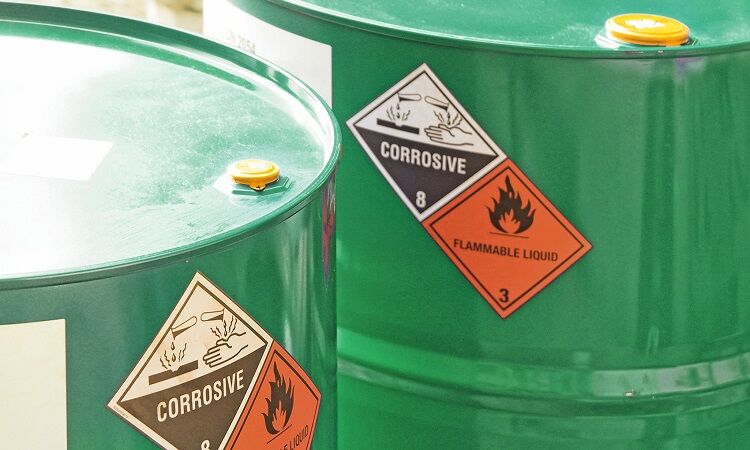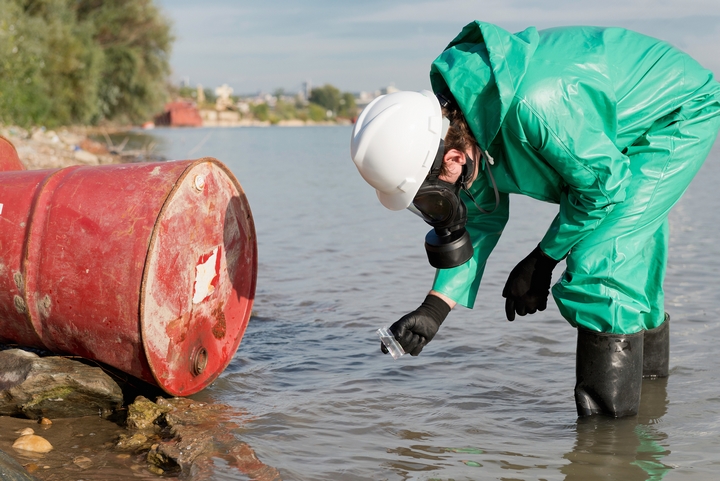Comprehensive Liquid Waste Disposal: Solutions for Residences and Organizations
Comprehensive Liquid Waste Disposal: Solutions for Residences and Organizations
Blog Article
Exactly How Fluid Waste Disposal Functions: A Comprehensive Overview of Techniques and Technologies Utilized

Review of Fluid Waste Kind
The intricacy of fluid waste kinds requires an extensive understanding of their attributes and implications for disposal. Fluid waste can generally be categorized right into numerous types, consisting of industrial, community, farming, and unsafe waste. Each group exhibits unique residential or commercial properties, needing certain management techniques to minimize ecological and health dangers.
Industrial fluid waste stems from manufacturing procedures and commonly has a variety of pollutants, such as heavy steels, solvents, and organic compounds. Community fluid waste, mainly comprising wastewater from houses and business establishments, has raw material, nutrients, and microorganisms (industrial wastewater treatment). Agricultural fluid waste, including runoff from ranches, might include fertilizers, pesticides, and pet waste, posing risks to water high quality and ecosystems
Harmful liquid waste is identified by its poisoning, reactivity, or potential to trigger injury. This category includes substances like acids, bases, and particular chemicals that demand rigid handling and disposal procedures. Recognizing these varied fluid waste types is vital for establishing efficient disposal approaches and guaranteeing conformity with environmental laws. Proper category and characterization are vital for implementing suitable treatment techniques and reducing the damaging influence on public wellness and the setting.
Physical Therapy Approaches

Screening is the preliminary action, where larger fragments and particles are eliminated from the liquid waste utilizing screens or grates. This process secures downstream equipment from damage and makes certain smoother operation. Complying with testing, sedimentation makes use of gravitational force to different solids from liquids. In sedimentation storage tanks, heavier bits resolve near the bottom, creating a sludge layer, while the made clear fluid can be additional dealt with.
Filtration is one more vital technique that involves passing the fluid through permeable materials, such as sand or membrane layers, to catch smaller bits. This step improves the top quality of the liquid, making it appropriate for succeeding treatment processes.

Chemical Treatment Strategies
Chemical therapy strategies are essential for effectively taking care of fluid waste, especially in attending to liquified and colloidal impurities that physical techniques may not adequately remove. These strategies utilize numerous chemical representatives to counteract, speed up, or transform dangerous materials into much less damaging types.
One common method is coagulation and flocculation, where chemicals such as alum or ferric chloride are included in promote the YOURURL.com gathering of suspended particles. This process boosts sedimentation, permitting less complicated elimination of the resulting sludge. Additionally, oxidation processes, using agents like chlorine or ozone, are employed to break down complicated natural substances and pathogens, rendering the waste safer for discharge or more therapy.
Neutralization is one more critical method, which adjusts the pH of acidic or alkaline waste streams to neutral degrees, preventing possible harm to downstream systems and the atmosphere. Moreover, advanced oxidation processes (AOPs) use mixes of oxidants and ultraviolet light to degrade consistent toxins, achieving a higher level of therapy efficiency.
Biological Treatment Procedures
Biological treatment procedures play an important role in the administration of liquid waste by making use of bacteria to disintegrate raw material and lower impurity degrees. These processes can be extensively categorized right into aerobic and anaerobic treatments, each utilizing certain microbial communities to attain reliable waste deterioration.
Cardiovascular treatment includes the use of oxygen to facilitate the malfunction of natural products by bacteria. This procedure is frequently applied in activated sludge systems, where aeration storage tanks supply a helpful setting for microbial growth, resulting in the oxidation of natural pollutants. The resultant biomass can be separated from dealt with effluent through sedimentation.
On the other hand, anaerobic treatment takes place in the absence of oxygen, relying upon different microorganisms to look at this site break down organic issue. This technique is specifically useful for high-strength waste, as it generates biogas, a renewable resource resource, while reducing sludge production. Technologies such as anaerobic digesters are often utilized in municipal and industrial applications.
Both aerobic and anaerobic organic treatments not just decrease the ecological influence of liquid waste however also promote source recovery, making them necessary parts of lasting waste management techniques. Their efficiency, performance, and flexibility sustain their extensive application across different markets.
Arising Technologies in Disposal
Ingenious techniques to liquid waste disposal are swiftly advancing, driven by innovations in technology and an enhancing emphasis on sustainability. Among these arising modern technologies, membrane bioreactors (MBRs) have actually obtained traction for their ability to incorporate biological therapy with membrane filtering, resulting in top quality effluent that can be reused in various applications. MBRs enable smaller impacts and more reliable operations contrasted to standard systems.
One more promising advancement is using anaerobic food digestion combined with nutrient recovery useful content technologies, which not just treats liquid waste but additionally creates biogas and recovers beneficial nutrients like nitrogen and phosphorus. This twin advantage improves resource performance and decreases environmental effect.
In addition, progressed oxidation processes (AOPs) are being adopted for the destruction of intricate organic contaminants. These approaches use powerful oxidants and stimulants to damage down contaminants at the molecular degree, supplying an extremely effective option for difficult waste streams.
Additionally, the combination of fabricated knowledge and artificial intelligence in waste management systems is enhancing operational efficiency and anticipating upkeep, leading to lowered expenses and improved ecological conformity. These modern technologies reflect a significant shift towards even more lasting and efficient fluid waste disposal methods.
Final Thought
Finally, effective liquid garbage disposal demands an extensive understanding of different methods and innovations. The integration of physical, chemical, and biological therapy methods ensures the efficient management of diverse waste kinds. Additionally, the development of cutting-edge modern technologies enhances therapy efficiency and advertises sustainability in waste monitoring practices. By continually progressing these methodologies, it becomes possible to resolve the expanding obstacles connected with fluid waste, inevitably adding to environmental security and source healing.
Fluid waste disposal is an important facet of ecological administration, calling for an extensive understanding of numerous strategies and modern technologies customized to various waste kinds. Liquid waste can extensively be classified into numerous types, consisting of industrial, municipal, farming, and dangerous waste. Agricultural fluid waste, consisting of drainage from ranches, may include fertilizers, pesticides, and animal waste, presenting threats to water high quality and communities.
Different physical treatment methods play a crucial function in managing fluid waste successfully - industrial wastewater treatment.In final thought, reliable fluid waste disposal necessitates a detailed understanding of different strategies and innovations
Report this page